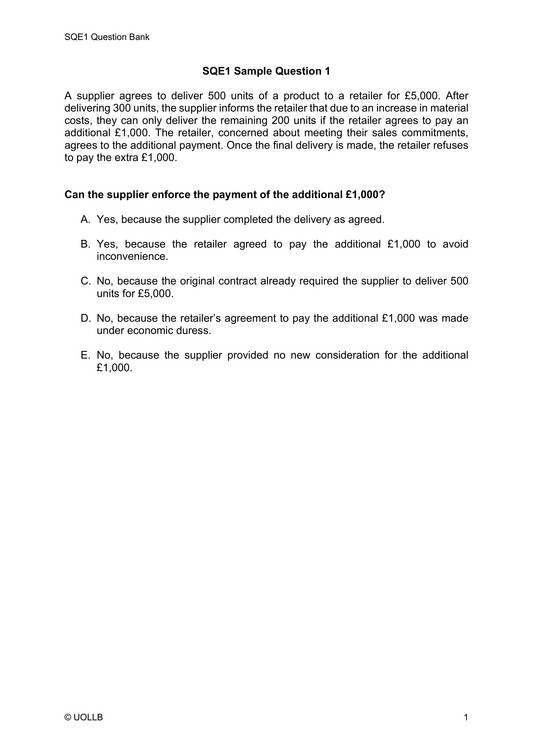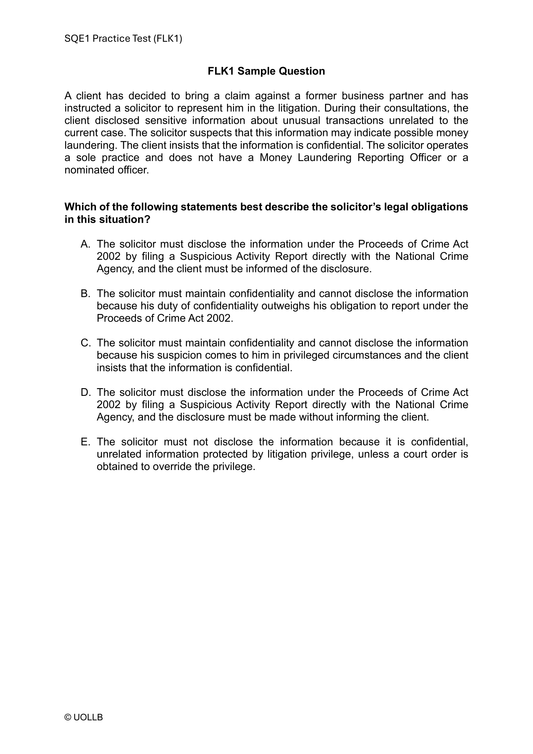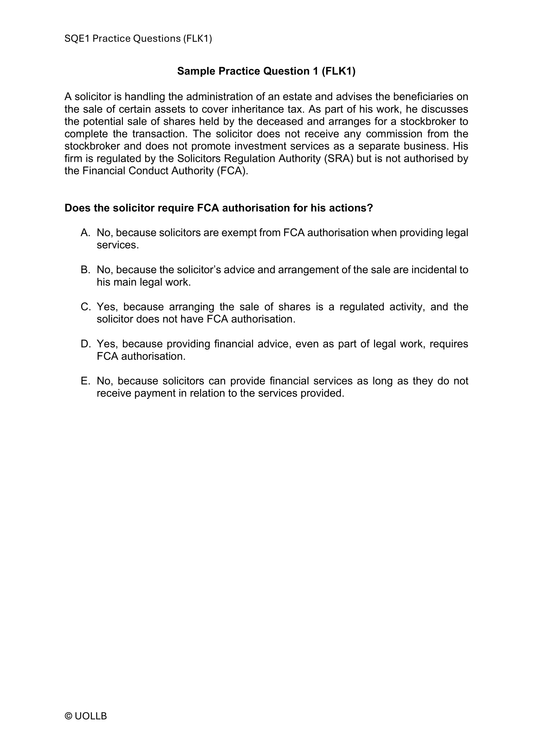Nature of Exclusion and Limitation Clauses in Contract Law
Share
In contract law, exclusion and limitation clauses are contractual provisions that define the extent to which one party may exclude or limit their liability for certain types of losses, damages, or obligations. These clauses are often included in contracts to allocate and manage risk between the parties involved.
Risk allocation: Exclusion and limitation clauses aim to allocate risk between the parties by determining who will be responsible for certain types of losses or damages. They allow parties to define the scope of their liabilities and protect themselves from excessive or unforeseen risks.
Unilateral protection: Exclusion and limitation clauses are typically inserted by one party (usually the party with more bargaining power) into the contract. The purpose is to shield that party from liability in specific circumstances.
Types of clauses: Exclusion clauses exclude liability entirely, while limitation clauses seek to limit the amount of liability. Exclusion clauses aim to prevent any claims arising from certain events or circumstances, whereas limitation clauses establish a cap on the amount of liability that can be claimed.
Reasonableness: In many jurisdictions, including common law countries like the United Kingdom, there are statutory provisions that regulate the enforceability of exclusion and limitation clauses. These provisions often require such clauses to be reasonable and clear to be enforceable. The reasonableness test typically considers factors such as the parties' bargaining power, the nature of the contract, and public policy.
Unfair contract terms: In some jurisdictions, legislation exists to protect consumers or parties with weaker bargaining positions from unfair exclusion or limitation clauses. These laws may render certain types of clauses unenforceable or subject them to stricter scrutiny.
Contra proferentem rule: In case of ambiguity or uncertainty in the interpretation of an exclusion or limitation clause, the contra proferentem rule may apply. This rule states that any ambiguity should be interpreted against the party seeking to rely on the clause. In other words, if the clause is unclear, it will be interpreted in favour of the party that did not draft it.
In short, exclusion and limitation clauses serve to allocate risk and liability between the parties involved by specifying certain circumstances under which one party may be excluded from or have their liability limited for certain types of losses, damages, or obligations.
Risk allocation: Exclusion and limitation clauses aim to allocate risk between the parties by determining who will be responsible for certain types of losses or damages. They allow parties to define the scope of their liabilities and protect themselves from excessive or unforeseen risks.
Unilateral protection: Exclusion and limitation clauses are typically inserted by one party (usually the party with more bargaining power) into the contract. The purpose is to shield that party from liability in specific circumstances.
Types of clauses: Exclusion clauses exclude liability entirely, while limitation clauses seek to limit the amount of liability. Exclusion clauses aim to prevent any claims arising from certain events or circumstances, whereas limitation clauses establish a cap on the amount of liability that can be claimed.
Reasonableness: In many jurisdictions, including common law countries like the United Kingdom, there are statutory provisions that regulate the enforceability of exclusion and limitation clauses. These provisions often require such clauses to be reasonable and clear to be enforceable. The reasonableness test typically considers factors such as the parties' bargaining power, the nature of the contract, and public policy.
Unfair contract terms: In some jurisdictions, legislation exists to protect consumers or parties with weaker bargaining positions from unfair exclusion or limitation clauses. These laws may render certain types of clauses unenforceable or subject them to stricter scrutiny.
Contra proferentem rule: In case of ambiguity or uncertainty in the interpretation of an exclusion or limitation clause, the contra proferentem rule may apply. This rule states that any ambiguity should be interpreted against the party seeking to rely on the clause. In other words, if the clause is unclear, it will be interpreted in favour of the party that did not draft it.
In short, exclusion and limitation clauses serve to allocate risk and liability between the parties involved by specifying certain circumstances under which one party may be excluded from or have their liability limited for certain types of losses, damages, or obligations.



























































